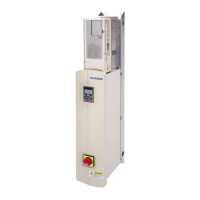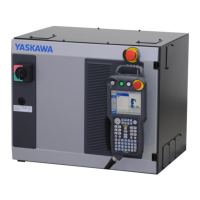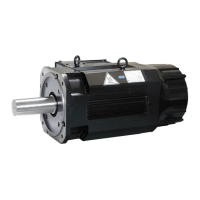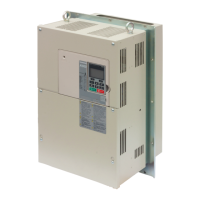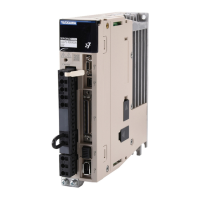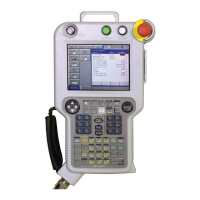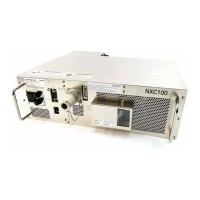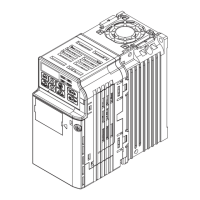n
L3-20: DC Bus Voltage Adjustment Gain
Determines the proportional gain used by overvoltage suppression (L3-11 = 1), Single Drive KEB 2 (L2-29 = 1), KEB Ride-
Thru 2 (H1-oo = 7A or 7B) ,and Intelligent Stall Prevention during deceleration (L3-04 = 2) to control the DC bus voltage.
Note: This function is available in OLV/PM control mode.
No. Name Setting Range Default
L3-20 DC Bus Voltage Adjustment Gain 0.00 to 5.00
Determined by
A1-02
Adjustment for Single Drive KEB 2 (L2-29 = 1) and Intelligent Stall Prevention During Deceleration
• Increase this setting slowly in steps of 0.1 if overvoltage or undervoltage occurs at the beginning of deceleration.
• Decrease this setting if there is a fair amount of speed or torque ripple.
Adjustment for Overvoltage Suppression
• Increase this setting slowly in steps of 0.1 if overvoltage suppression is enabled (L3-11 = 1) and a sudden increase in a
regenerative load causes an overvoltage fault.
• Decrease this setting if there is a fair amount of speed or torque ripple.
n
L3-21: Accel/Decel Rate Calculation Gain
Determines the proportional gain used by overvoltage suppression (L3-11 = 1), Single Drive KEB 2 (L2-29 = 1), and Intelligent
Stall Prevention during deceleration (L3-04 = 2) to calculate acceleration and deceleration rates.
No. Name Setting Range Default
L3-21 Accel/Decel Rate Calculation Gain 0.00 to 200.00 1.00
Adjustment for Single Drive KEB 2 (L2-29 = 1) and Intelligent Stall Prevention During Deceleration
• Reduce L3-21 in steps of 0.05 if there is a fairly large speed or current ripple.
• Small reductions of L3-21 can help solve problems with overvoltage and overcurrent.
• Decreasing this setting too much can cause slow DC bus voltage control response and may also lengthen deceleration times
beyond optimal levels.
Adjustment for Overvoltage Suppression
• Increase this setting in steps of 0.1 if overvoltage occurs as a result of a regenerative load when overvoltage suppression is
enabled (L3-11 = 1).
• Decrease L3-21 in steps of 0.05 if there is a fairly large speed ripple when overvoltage suppression is enabled.
n
L3-24: Motor Acceleration Time for Inertia Calculations
Sets the time to accelerate the motor from stop to the maximum speed at motor rated torque. Set this parameter when using
Single Drive KEB 2 (L2-29 = 1), Intelligent Stall Prevention during deceleration (L3-04 = 2), or the overvoltage suppression
function (L3-11 = 1).
Note: This function is available in OLV/PM control mode.
No. Name Setting Range Default
L3-24 Motor Acceleration Time for Inertia Calculations 0.001 to 10.000 s Determined by o2-04
Make the calculations in the formula below:
L3-24 =
2 J [kgm
2
] n [r/min]
60 T [Nm]
rated
rated
Calculate the rated torque in the formula below:
60 P [kW] 10
3
2 n [r/min]
T [Nm] =
Motor
rated
rated
1.8 L: Protection Functions
YASKAWA SIEP YAIZ1U 03B YASKAWA AC Drive – Z1000 Programming Manual
109
1
Parameter Details
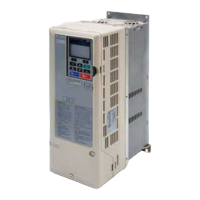
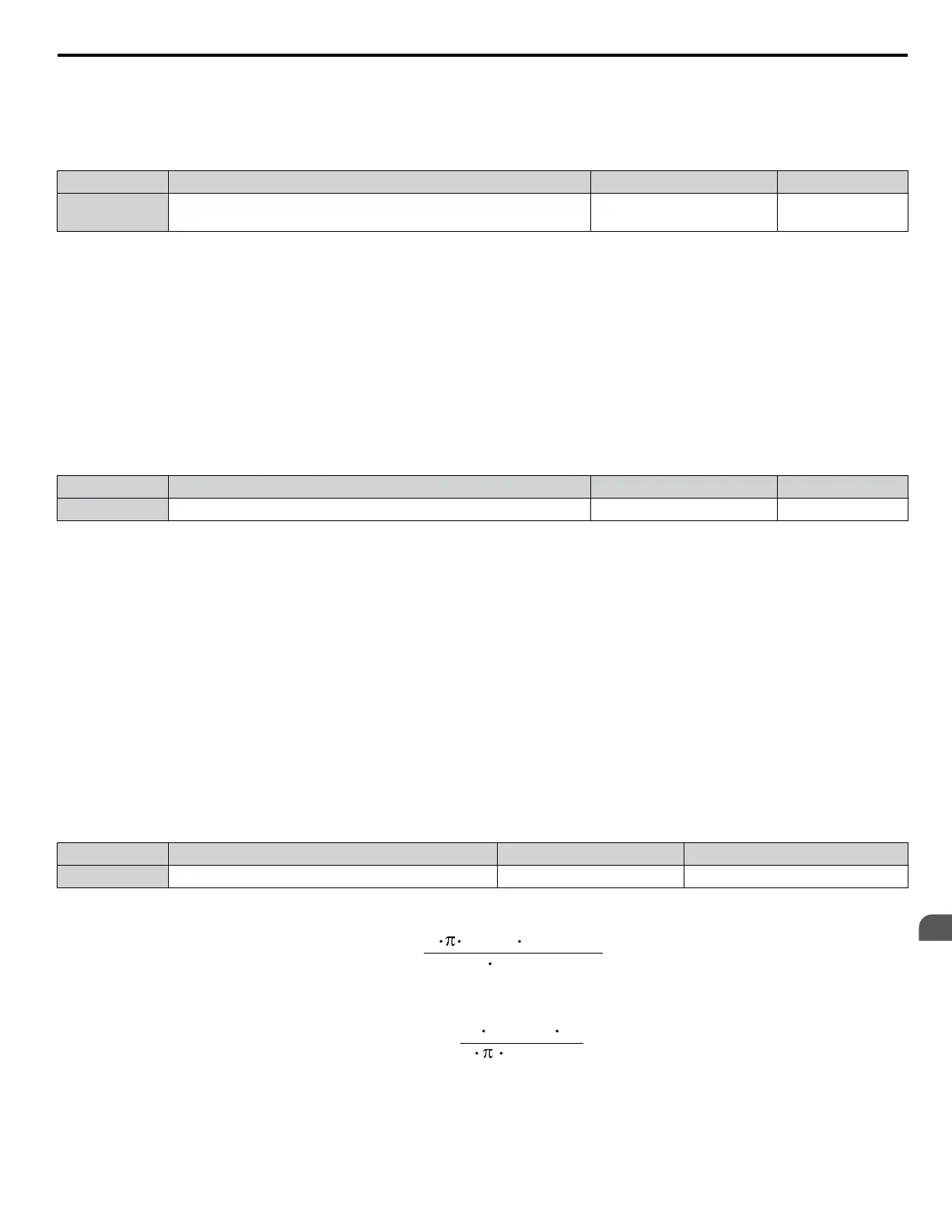